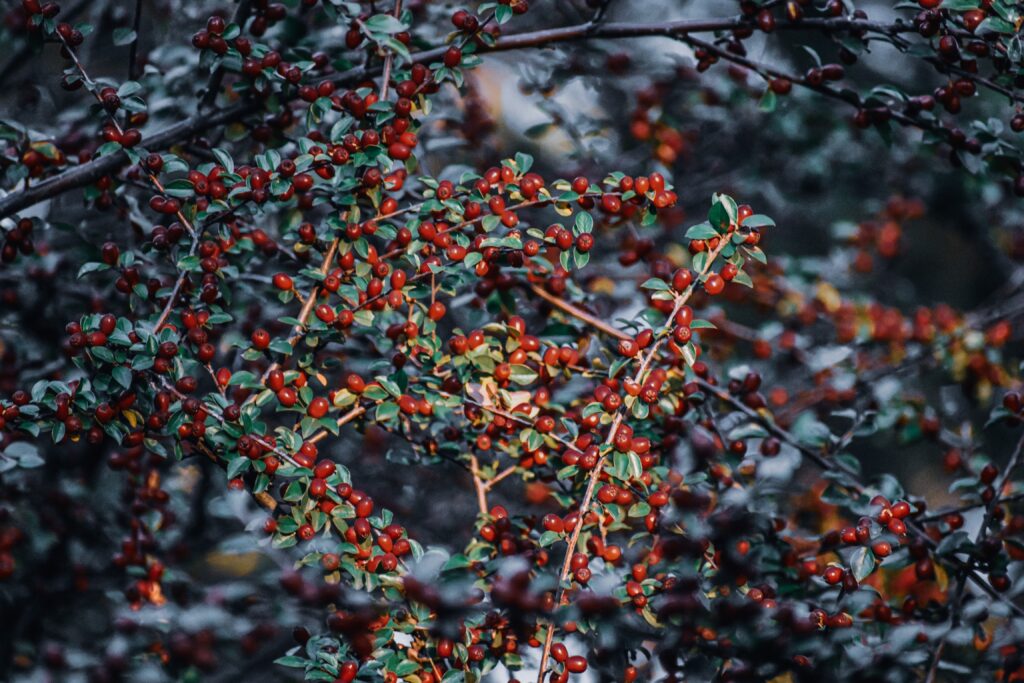The hairy-leaved hedge of the cotoneaster variety thrives in areas of heavy traffic, absorbing pollution from the atmosphere.
Originating from China, Thailand and Myanmar, the Cotoneaster franchetii large shrub bears clusters of small white or pink flowers during spring and summertime, with red, purple or black berries during the colder months.
Experts at the Royal Horticultural Society have studied the shrub’s ability to absorb road traffic pollution in their study investigating the effectiveness of urban hedges as barriers against air pollution, published in the Environments journal.
They compared different types of shrub, including the cotoneaster, hawthorn and western red cedar as part of the charity’s work to ease environmental issues with gardens and green spaces.
Lead author of the study Dr. Tijana Blanusa, principal horticultural scientist at the Royal Horticultural Society, recommended the ‘super plant’ should be planted along busy roads in order to improve air quality.
‘On major city roads with heavy traffic we have found that species with more complex denser canopies, rough and hairy-leaves such as the cotoneaster were the most effective,’ Blanusa explained.
‘In just seven days, a one metre length of well-managed dense hedge will mop the same amount of pollution that a car emits over a 500-mile drive.’




